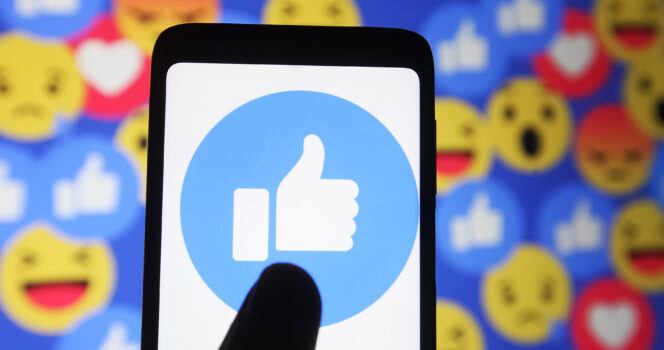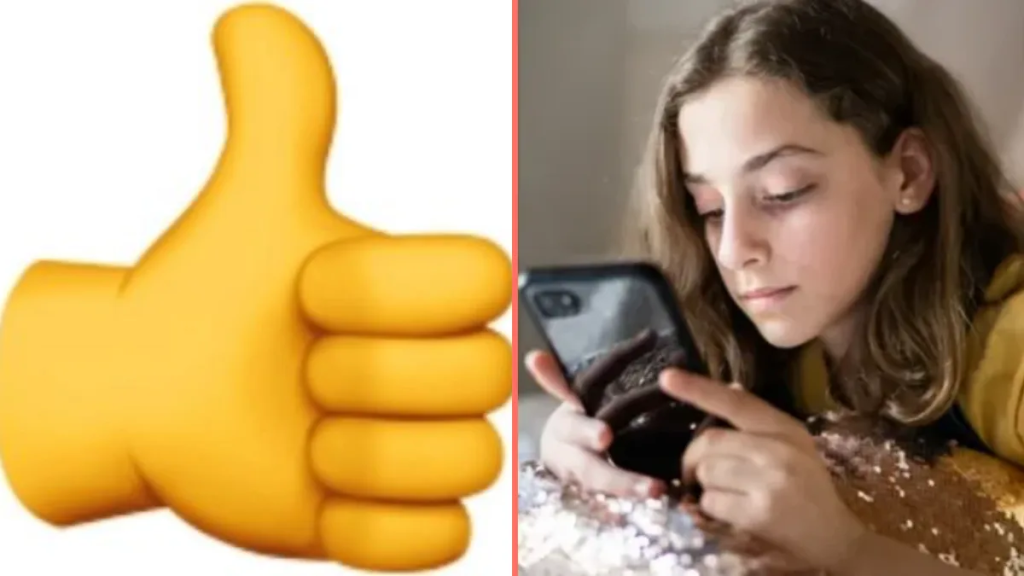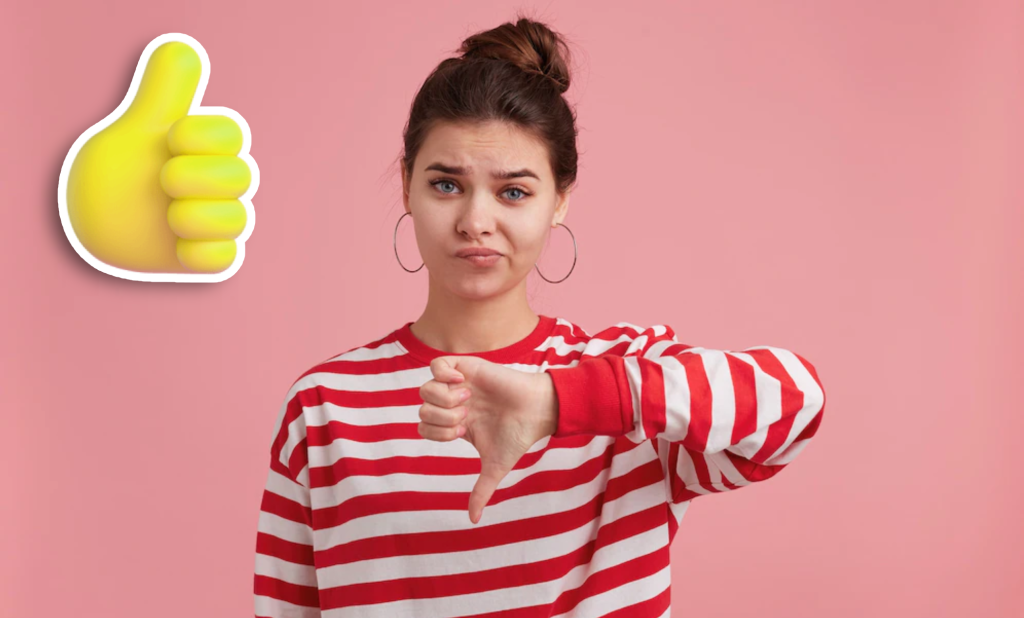For most of us, the thumbs-up emoji 👍 has always been a go-to symbol for agreement or approval. It’s quick, clean, and easy to use. But apparently, Generation Z doesn’t see it that way—and their interpretation is sparking a bigger conversation about communication in the digital age.
So what’s really going on? Why does a simple emoji come across as passive-aggressive to an entire generation? Let’s break it down.

How Gen Z Is Redefining Digital Etiquette
It’s no secret that Gen Z plays by a different set of rules when it comes to online communication. Born into a world of smartphones and social media, they’ve developed their own digital language—a language where tone, context, and even emoji choice matter more than ever.
To many young professionals in this group, the thumbs-up emoji doesn’t say “Got it” or “Thanks.” Instead, it feels cold, dismissive, and even a little bit hostile. And for a generation that values authenticity and emotional nuance, that’s a big red flag.
Video: Gen Z wants to cancel thumbs-up emoji
Why the Thumbs-Up Feels ‘Unsettling’ to Some
Let’s look at what Gen Zers are saying. One 24-year-old shared on Reddit that while working in an office that uses Microsoft Teams, they noticed that the thumbs-up emoji was the standard response to messages. But to them, it felt “unsettling.”
They preferred to use heart emojis ❤️ or write out a short reply like “Great!” or “Thanks!” to keep things more personal. Their reasoning? The thumbs-up felt too blunt—almost like a digital brush-off.
Another commenter echoed this by saying, “It’s so passive-aggressive. Like, yeah… cool. Whatever.” For Gen Z, tone matters—even in an emoji.
The Workplace Culture Clash: Emoji Edition
Here’s where things get complicated. In multi-generational workplaces, emojis are used across age groups to communicate faster and more casually. But when someone from Gen X or a Boomer boss drops a thumbs-up on a message, they mean well. It’s their shorthand for “Looks good” or “All set.”
Meanwhile, their Gen Z colleague might interpret that same gesture as distant or cold. It’s not that either side is wrong—it’s just a difference in how each generation has been wired to interpret digital tone.
Why Gen Z Craves More Thoughtful Interactions

Let’s be real: Gen Z grew up in a world flooded with digital messages, filters, and curated feeds. As a result, they’ve become hyper-aware of what feels “real” versus what feels automated or impersonal.
That’s why even emojis can send the wrong signal. They want replies that feel intentional—whether that’s a heart emoji, a few extra exclamation marks, or a quick sentence that feels like it was typed by a human and not a robot.
This generation values vulnerability and emotional intelligence in communication. And when something—even an emoji—feels emotionally detached, it can spark discomfort.
The Shift Toward ‘Emotionally Intelligent’ Emojis
Video: Thumbs-up emoji seen as ‘rude’ or ‘passive-aggressive’
So what emojis do Gen Z love? Based on trending communication styles, they lean toward emojis that express warmth, energy, or humor. Think:
- 🥹 (emotional)
- ✨ (wholesome vibes)
- 💀 (used ironically to say “I’m dead” from laughter)
- 🤠 (goofy, casual fun)
- 💖 (more expressive than just 👍)
You’ll also see more text-based responses from Gen Z, like “Haha that’s awesome!” or “Thank you so much 😊” rather than just clicking an emoji. The goal is to feel more human—even in the smallest replies.
Why This Tiny Emoji Sparks a Bigger Conversation
At first glance, it might seem silly to overanalyze a thumbs-up emoji. But scratch the surface, and it reveals a deeper truth: the way we communicate is always evolving, and each generation brings its own expectations to the table.
For Gen Z, emojis aren’t just decorative—they’re part of their emotional language. And when that language feels off, even unintentionally, it can lead to misunderstandings in both personal and professional settings.
Conclusion: Understanding Each Other Is the Real Thumbs-Up

The thumbs-up emoji debate is more than just a quirky internet argument—it’s a reflection of how the digital world is constantly changing. What once felt universally friendly now feels, to some, like an impersonal wave goodbye.
But that’s not a bad thing. It’s a reminder that as we all navigate this emoji-filled landscape, it’s worth pausing to think about how our words—and symbols—make others feel. Whether you’re a heart-reacting Gen Zer or a thumbs-up-sending Gen Xer, bridging the gap starts with empathy.
So next time you go to drop that 👍, maybe ask yourself: is this the message I really want to send?


